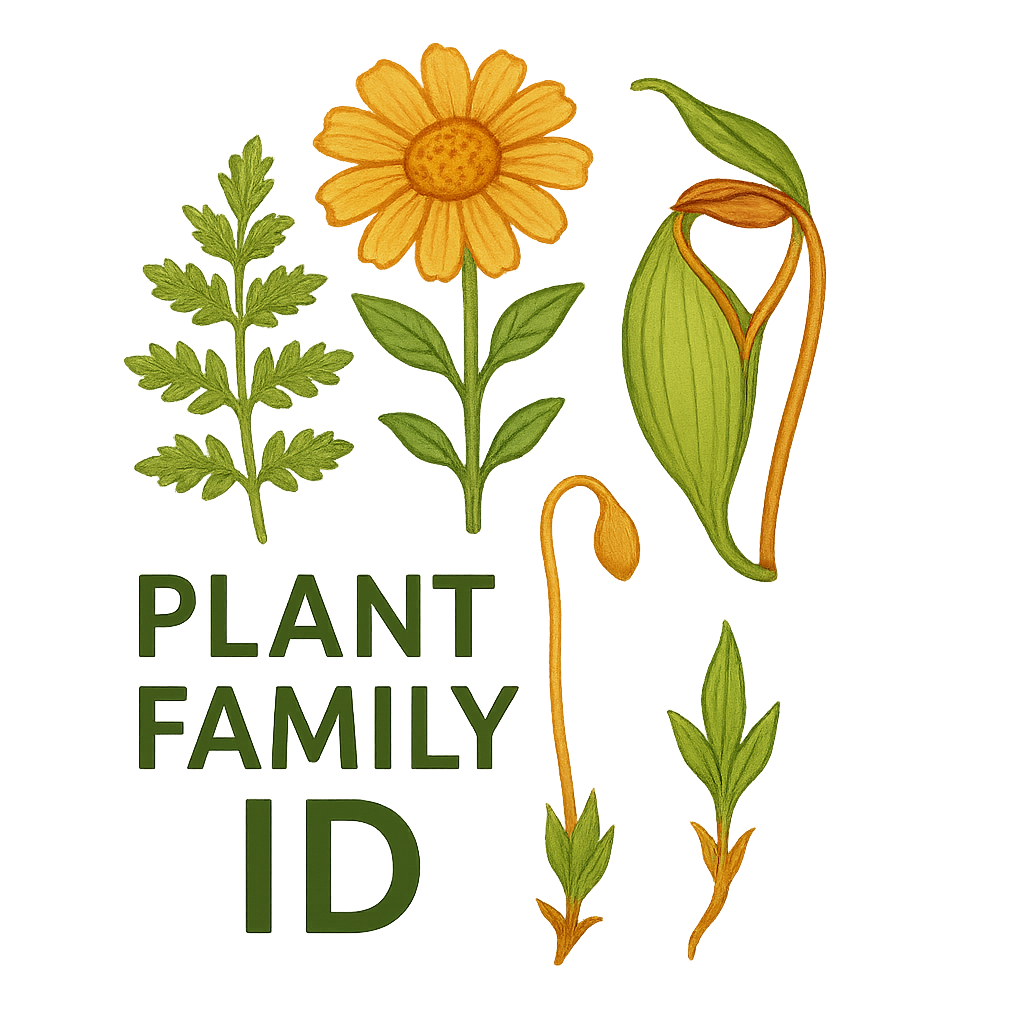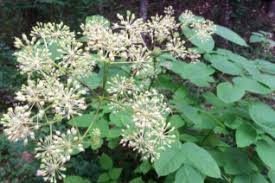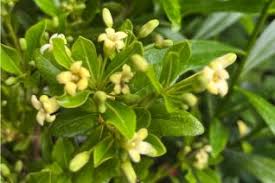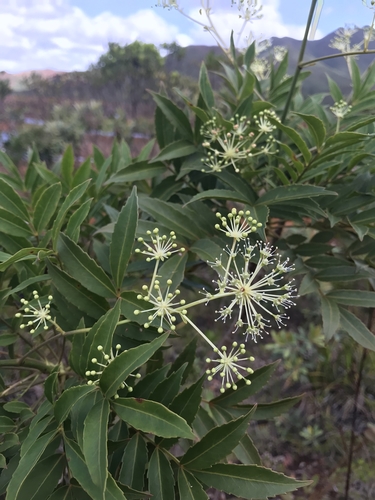Griseliniaceae
Kapuka Family
Griseliniaceae is a small family of flowering plants comprising a single genus, Griselinia, with about six or seven species of evergreen shrubs and trees. The family has a remarkably disjunct distribution, with species native to New Zealand and others native to southern South America (Chile, Argentina, Brazil). It belongs to the order Apiales, closely related to families like Araliaceae and Pittosporaceae.
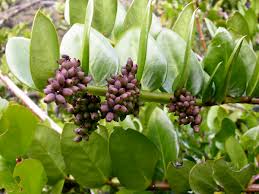
Overview
The Griseliniaceae family, with its sole genus Griselinia, presents a fascinating case study in plant biogeography. Its presence in both New Zealand and temperate South America points to ancient connections, likely via Antarctica, before continental drift separated these landmasses. Members are typically evergreen shrubs or trees, often found in coastal or forest environments.
Species like Griselinia littoralis from New Zealand are widely cultivated, especially in coastal areas of temperate regions worldwide, valued for their tolerance to wind and salt spray, glossy foliage, and utility as hedging plants. The South American species are less commonly cultivated but are ecologically important components of their native forests.
Botanically, the family is characterized by its simple, leathery leaves (often with an uneven base), small inconspicuous flowers that are usually unisexual (plants are dioecious), and small berry-like fruits. Its placement within the Apiales order aligns it with families known for often having aromatic compounds and umbel-like inflorescences (though Griseliniaceae inflorescences are variable).
Quick Facts
- Scientific Name: Griseliniaceae
- Common Name: Kapuka Family, Broadleaf Family
- Number of Genera: 1 (Griselinia)
- Number of Species: Approximately 6-7
- Distribution: Disjunct: New Zealand and southern South America (Chile, Argentina, SE Brazil).
- Evolutionary Group: Angiosperms - Eudicots - Asterids - Apiales
Key Characteristics
Growth Form and Habit
Evergreen shrubs or small to medium-sized trees. Some species, particularly Griselinia lucida in New Zealand, often start life as epiphytes on larger trees before sending roots down to the ground.
Leaves
Leaves are simple, usually alternate but sometimes appearing subopposite, and are typically leathery (coriaceous) and often glossy. Margins are usually entire, but can be toothed, especially on juvenile plants or vigorous shoots. A characteristic feature is that the leaf base is often markedly asymmetrical (uneven). Stipules are absent or very small.
Flowers
Flowers are small, inconspicuous (typically 2-5 mm diameter), greenish or yellowish, and actinomorphic (radially symmetrical). They are usually unisexual, with male and female flowers borne on separate plants (dioecious), although sometimes plants may have flowers of both sexes (polygamodioecious). Flowers are arranged in axillary or terminal clusters, which can be panicles, racemes, or umbels.
- Calyx: Small, with 5 teeth or reduced to a rim.
- Corolla: Consists of 5 free, small petals.
- Androecium: In male and perfect flowers, there are 5 stamens alternating with the petals.
- Gynoecium: The ovary is inferior, typically composed of 3 fused carpels, but usually only one locule develops containing a single pendulous ovule. There are typically 3 short, recurved styles.
Fruits and Seeds
The fruit is a small (usually less than 1 cm), fleshy drupe or berry. It ripens to a dark purple or black color and contains a single seed.
Wood Anatomy
Wood anatomy includes vessel elements typical of angiosperms.
Chemical Characteristics
Plants in this family are known to produce iridoid compounds, a characteristic shared with many other families in the Asterid clade, including others in Apiales.
Field Identification
Identifying Griselinia species relies on their growth habit, distinctive leaves, inconspicuous flowers (often needing confirmation of dioecy), small dark fruits, and geographic location (NZ or South America).
Primary Identification Features
- Habit: Evergreen shrubs or trees.
- Leaves: Alternate (or subopposite), simple, entire (or sometimes toothed), leathery, often glossy, with an asymmetrical base.
- Flowers: Small, greenish/yellowish, 5-parted, actinomorphic, usually unisexual (plants dioecious).
- Ovary: Inferior.
- Fruit: Small, dark purple/black, fleshy drupe or berry.
- Distribution: Native only to New Zealand or southern South America.
Secondary Identification Features
- Often epiphytic when young (especially G. lucida).
- Stipules absent or minute.
- Flowers borne in panicles, racemes or umbels.
Seasonal Identification Tips
- Year-round: The evergreen, leathery leaves with asymmetric bases are always present.
- Flowering: Usually occurs in spring or early summer; flowers are small and easily overlooked. Observing whether plants bear only male or female flowers helps confirm dioecy.
- Fruiting: Small dark berries/drupes mature later in the season (autumn/winter) and can be conspicuous.
Common Confusion Points
- In New Zealand: Can be confused with some Pittosporum species (Pittosporaceae), which usually have alternate leaves but often possess resin ducts and different flower/fruit structures (capsules). Some Araliaceae (like Pseudopanax) might have similar leaves but often different inflorescences or compound juvenile leaves.
- In South America: Distinguish from other evergreen broadleaf trees/shrubs by the combination of alternate leathery leaves with asymmetric bases, dioecious habit, small 5-parted flowers with inferior ovaries, and small dark drupes.
- The asymmetric leaf base is often a good clue.
Field Guide Quick Reference
Look For:
- Evergreen shrub/tree (NZ or S. America)
- Alternate, simple, leathery leaves
- Asymmetric leaf base
- Small, greenish, 5-parted flowers
- Dioecious habit (usually)
- Inferior ovary
- Small dark berry/drupe
Key Variations:
- Leaf size and glossiness
- Habit (tree vs shrub vs epiphyte)
- Presence/absence of teeth on leaf margin
Notable Examples
All examples belong to the genus Griselinia.

Griselinia littoralis
Kapuka, New Zealand Broadleaf
A fast-growing evergreen shrub or small tree native to New Zealand, particularly common in coastal areas but also inland. It has glossy, leathery, oval leaves (about 6-12 cm long) and is highly tolerant of wind and salt spray. Widely cultivated as a hedge plant in NZ, UK, and other temperate regions.

Griselinia lucida
Puka, Akapuka, Shining Broadleaf
Also native to New Zealand, this species often starts as an epiphyte on large forest trees, later sending down aerial roots. It has larger (12-18 cm long), very glossy leaves with prominent veins and a markedly asymmetric base. It eventually forms a small tree. Less common in cultivation than G. littoralis.

Griselinia ruscifolia
Yelmo (Chile)
One of the South American species, found in temperate rainforests of Chile and adjacent Argentina. It is typically a shrub or small tree with smaller, stiffer leaves compared to the NZ species. It grows in the understory of forests dominated by Nothofagus and conifers.
Phylogeny and Classification
Griseliniaceae is placed within the order Apiales, a member of the large Asterids clade of eudicot flowering plants. This order is perhaps best known for including the Apiaceae (carrot family) and Araliaceae (ginseng and ivy family).
Molecular phylogenetic studies show that Griseliniaceae is part of the core Apiales group, closely related to families like Araliaceae, Pittosporaceae, and Myodocarpaceae. Together, these families form a well-supported clade distinct from Apiaceae. The inclusion of Griseliniaceae within Apiales highlights the morphological diversity within the order, as Griselinia lacks the characteristic compound leaves or umbellate inflorescences common in Apiaceae and many Araliaceae.
Position in Plant Phylogeny
- Kingdom: Plantae
- Clade: Tracheophytes (Vascular Plants)
- Clade: Angiosperms (Flowering Plants)
- Clade: Eudicots
- Clade: Asterids
- Order: Apiales
- Family: Griseliniaceae
Evolutionary Significance
Griseliniaceae offers valuable insights into plant evolution and biogeography:
- Biogeography: The striking disjunct distribution between New Zealand and South America is a classic example of a Gondwanan pattern, suggesting the family's ancestors were present before the final breakup of the supercontinent or dispersed across the southern ocean gaps.
- Apiales Diversification: As a relatively small and morphologically distinct family, it helps understand character evolution and relationships within the Apiales order, particularly among the woody lineages.
- Relictual Status?: Its limited species number and restricted, disjunct range might indicate it is a relictual family, representing an older lineage within Apiales.
